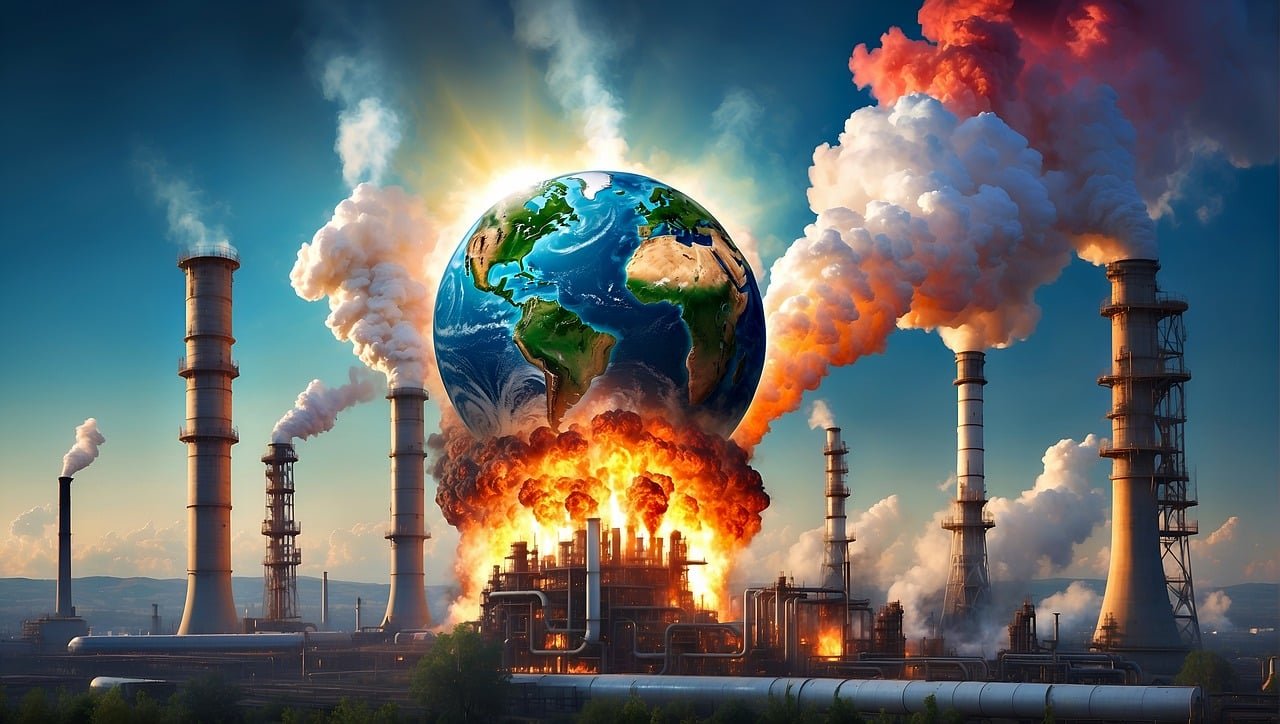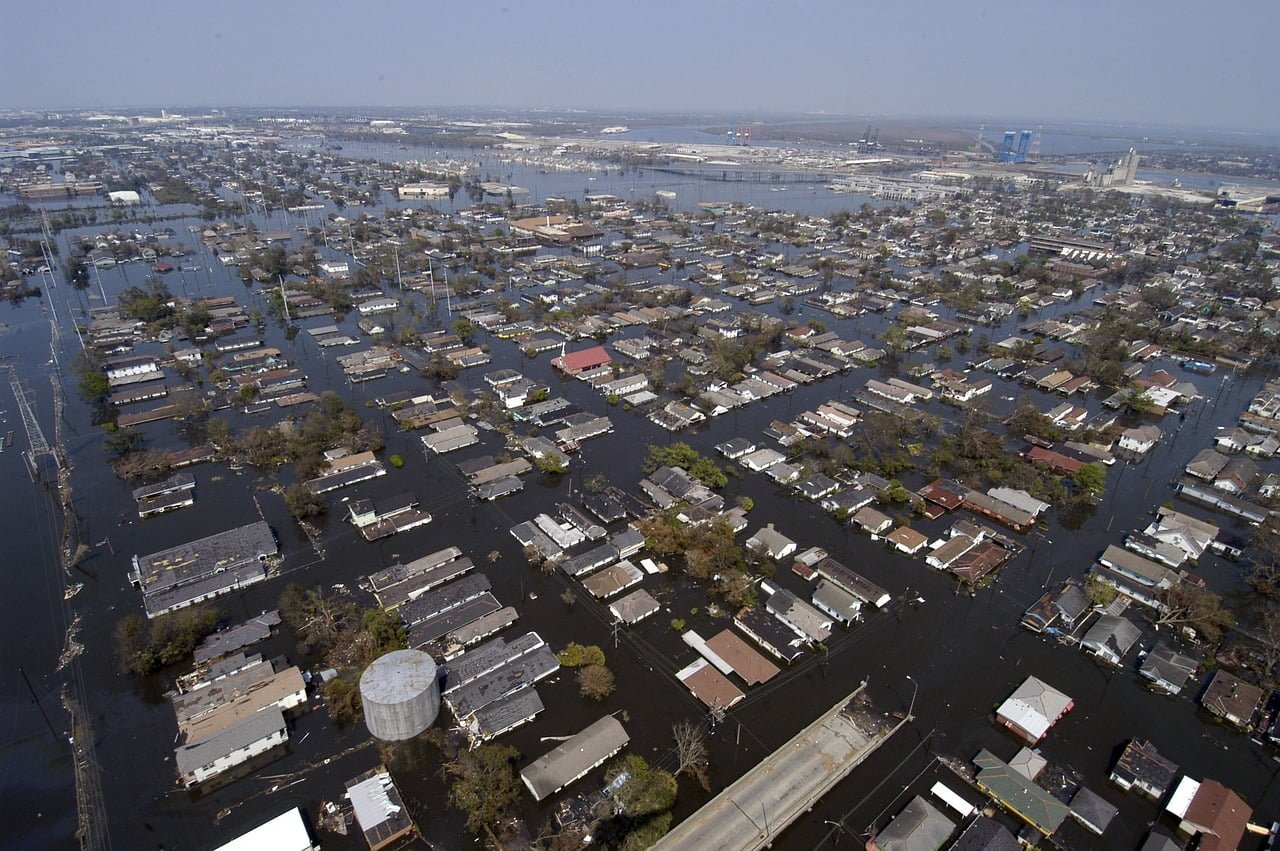One of the most significant challenges of our day is climate change. Although the situation is dire, there is hope for adaptation and mitigation thanks to an expanding array of technology options. This blog post explores both established and emerging aspects of technology’s ability to reverse climate change.

The Urgency of Climate Change
The Role of Technology in Reducing Emissions
To fight climate change and reduce pollution, we need a diverse plan that includes technical advancements to cut emissions. Here’s how we can do it:
- Green Energy: We can use clean energy from sources like the sun, wind, and Earth’s heat without producing greenhouse gases. Solar panels are now affordable for homes and businesses, and wind farms are becoming more common. Smaller hydropower projects also provide clean electricity.
- Energy Efficiency: We need to be smarter about how we use energy. Smart grids help distribute energy better, and energy-efficient appliances use less power. Building designs with better insulation and LED lighting also help save energy.
- Carbon Storage and Capture (CCS): This technology captures emissions from power plants and stores them safely underground. While still developing, CCS offers a way to reduce emissions from fossil fuel plants.
These technologies are crucial for a cleaner future. As they improve and become more accessible, they will play an even bigger role in combating climate change and pollution.

Emerging Technologies for Mitigation
Direct Air Capture (DAC)
DAC is a method to pull carbon dioxide (CO2) directly from the air. Here’s how it works:
- The Process: Large fans draw in air, which passes through filters to capture CO2 molecules.
- What happens to the CO2? The captured CO2 can be stored underground, reused to make fuel, or used for industrial purposes.
- Benefits: DAC can help remove CO2 from industries where cutting emissions is hard, like transportation and agriculture.
- Challenges: DAC is expensive and uses a lot of energy. It needs renewable energy sources to be effective.
Advanced Nuclear Power
New nuclear power technology offers clean energy without greenhouse gas emissions. Here are the improvements:
- Safer Designs: New reactors have safety systems to prevent meltdowns.
- Less Waste: Advanced reactors produce less radioactive waste and use fuel more efficiently.
- Waste Disposal: There are ongoing efforts to find safe, long-term storage solutions for nuclear waste.
Geoengineering: A Cautious Approach
Geoengineering involves large-scale changes to the climate. One proposal is Solar Radiation Management (SRM), which aims to cool the Earth by reflecting sunlight. However, geoengineering raises moral questions and risks unintended consequences.
While these technologies show promise, it’s important to continue focusing on reducing emissions through energy efficiency and renewable energy sources.
Technology for Adaptation
Climate-Resilient Agriculture: Adapting to Climate Change
Climate change brings more frequent droughts, floods, and extreme weather, which can harm crops and food security. To address this challenge, progress is being made in several areas:
- Drought-Resistant Crops: Researchers are developing crops that can withstand dry conditions. These crops may have deeper roots to access water or use water more efficiently to reduce evaporation.
- Flood Protection: Flooding can damage farms, so technologies are being used to reduce this risk.
- Stronger Flood Barriers: Using tougher materials for riverbanks and coastal areas.
- Flood Forecasting: Advanced computer models help predict floods more accurately.
- Improved Irrigation: Techniques like drip irrigation deliver water directly to plant roots, reducing waste.
- Early Warning Systems: Weather monitoring systems provide timely information about pests, floods, and droughts to farmers.
These climate-resilient practices help farmers manage a changing climate and ensure food security.

Challenges and Considerations
Challenges in Adopting Climate Technologies
While technologies for addressing climate change show promise, several challenges must be addressed for their effective use:
- Cost and Scalability: Many new technologies are expensive and need significant investment to become commercially viable and widespread. International cooperation, private sector support, and government backing are crucial for affordability in developing nations.
- Regulation and Policy: Supportive government policies are key for transitioning to a clean energy economy. This includes pricing carbon to incentivize emissions reduction, investing in renewable energy infrastructure, and funding research for climate technologies. Effective regulation is also needed to ensure the safety and environmental responsibility of certain technologies, like carbon capture and storage.
- Environmental and Social Impact: Not all climate solutions are without drawbacks. Considerations include:
- Planning to minimize the ecological impact of large wind and solar farms.
- Addressing uncertainties and potential risks associated with geoengineering proposals, like solar radiation management,.
- Managing job transitions from fossil fuel industries to new green jobs for a fair shift to a clean energy economy.
By carefully considering these challenges and implementing sensible regulations, we can harness the full potential of climate technologies to build a sustainable future.
The Road Ahead
Working Together for a Sustainable Future
Technological innovation and collaboration offer hope for combating climate change. However, achieving this requires ongoing research, development, and global cooperation.
- Sharing Knowledge: Collaboration among scientists, engineers, and governments worldwide is crucial to tackling climate change collectively. Sharing ideas and expertise can drive innovation.
- Pooling Resources: Developing climate solutions requires significant resources. By working together, nations can combine efforts, reduce duplication, and ensure broader access to technology.
- Open Innovation: Encouraging open exchange of ideas and cooperation can accelerate innovation and lead to new solutions.
Using a Variety of Strategies: Technology Is Not the Sole Solution
While technology is important, addressing climate change requires a comprehensive approach that includes changes in energy use and human behavior.
- Changing Energy Use: We need to reduce overall energy consumption by adopting energy-saving practices and making simple changes in our daily lives, like using sustainable transportation and energy-efficient appliances.
- Transforming Industries: Industries such as transportation, agriculture, and manufacturing need to become more sustainable by reducing waste and adopting cleaner practices.
- Personal Responsibility: Our actions, such as how we dispose of waste and choose transportation options, also impact climate change. Making sustainable choices in our daily lives can contribute to positive change.
While technology is a valuable tool, it’s just one part of the solution. By combining improvements in behavior and energy use with technological advancements, we can create a sustainable future for generations to come.
What are your thoughts about it? Comment down below, and we’ll be happy to read it!











